Denmark is a fairly small country in the north of Europe. It consists of a mainland and several large islands.
Denmark is bordered by the North Sea and the Baltic Sea.
The land is flat with quite a lot of it below sea level.
The geographical coordinates for the centre of Denmark, also known as lines of latitude and longitude, are:-
Latitude - 56 00N
Longitude - 10 00E
The capital of Denmark is Copenhagen.
Denmark is a parliamentary constitutional monarchy which means that the Head of State is a King (or Queen) but the laws are decided by an elected parliament with
a prime minister as head of the government. The present Queen (2017) is Margrethe II who came to the throne in 1972. She is 76 years old. Her son, Frederik,
is heir to the throne.
In elections everyone over the age of 18 can vote.
The currency in Denmark is the Danish Krone. Denmark is a member of the European Union but has opted out of certain parts of the European
Treaty, including those relating to defense cooperation and some legal matters.
Danish is the official language.
Check the weather in Copenhagen now.
This is the time in Copenhagen now








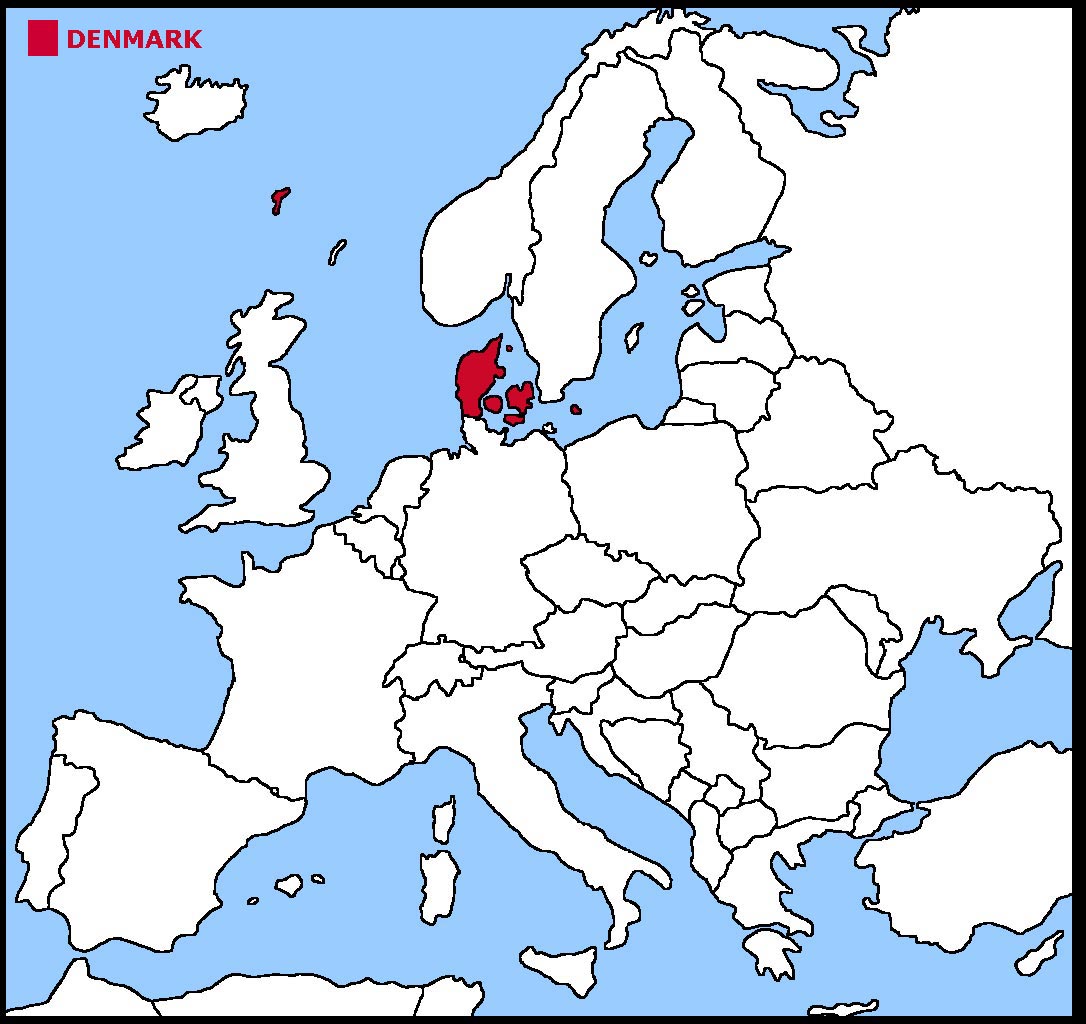

 The Danish flag is a white cross on a red
background with the cross moved toward the left side of the flag toward the flagpole. It is one of the oldest flags in the world and may come from a flag used
in the crusades. The idea of moving the cross away from the centre has been followed by most of the Nordic countries.
The Danish flag is a white cross on a red
background with the cross moved toward the left side of the flag toward the flagpole. It is one of the oldest flags in the world and may come from a flag used
in the crusades. The idea of moving the cross away from the centre has been followed by most of the Nordic countries.


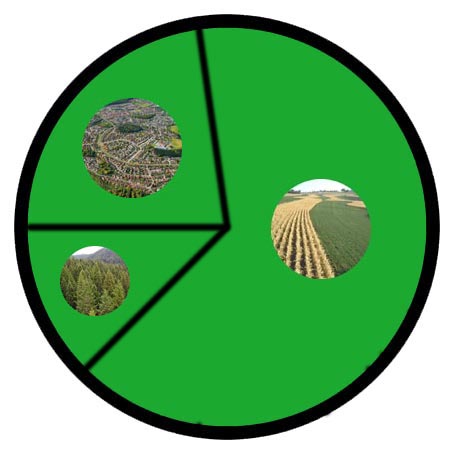

 Each little Owlbut is 1 person and
the big yellow rectangle is 1 sq km. After a while you can compare countries and see which ones are the most crowded. Remember it is only an average as
more people live closer together in towns and cities than in villages out in the country.
Each little Owlbut is 1 person and
the big yellow rectangle is 1 sq km. After a while you can compare countries and see which ones are the most crowded. Remember it is only an average as
more people live closer together in towns and cities than in villages out in the country.
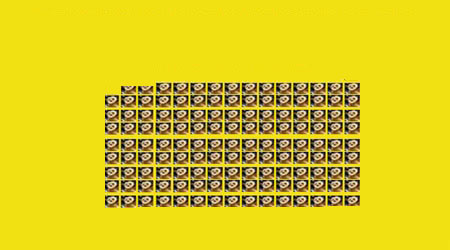


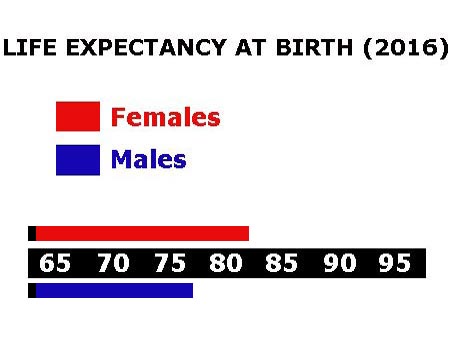

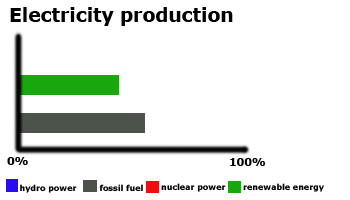

 They work in the following sectors.
They work in the following sectors.



